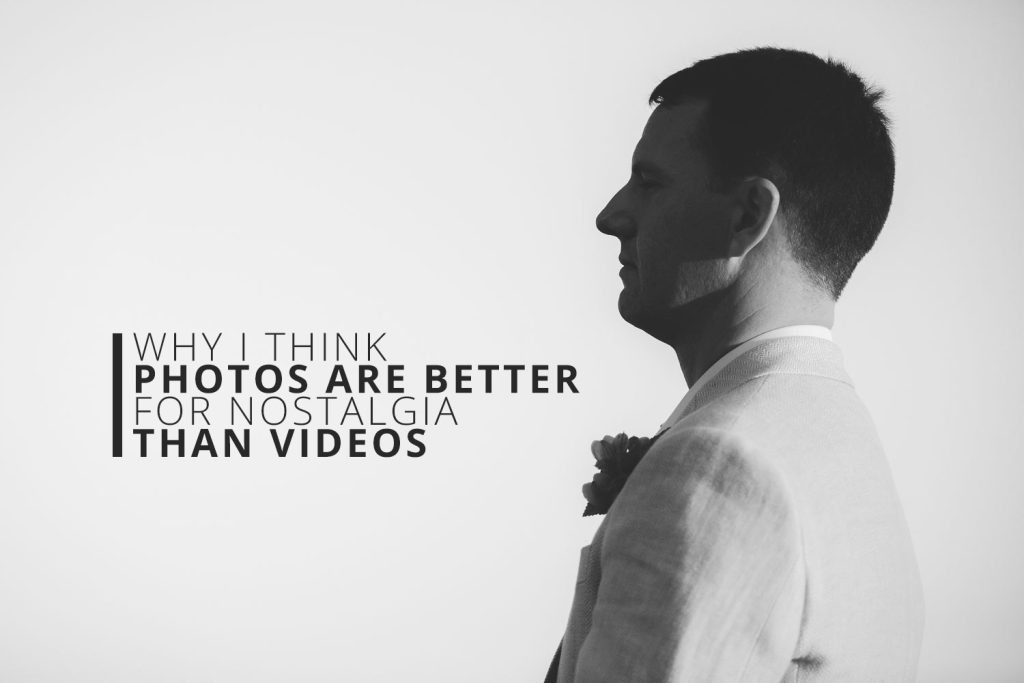Do you remember when you were a kid, and your mom would tell you to turn off the cartoons and read a book? If you’re like me, you probably moaned and complained. Reading takes considerably more work, compared to practically plugging your brain into a box and going into some kind of cyber-coma. “You’ll get to use your imagination”, she might’ve said, thinking you would be able to see the value in that at such a young age. Of course, that isn’t really what you wanted to hear at the time. But eventually, you probably did start reading those books. Perhaps you felt your brain frying and set out to entertain yourself in a healthier way. Or, maybe you caught the Harry Potter bug and have been reading ever since. Or, maybe you paid someone at a college handsomely to make you read. Whatever the case, you probably figured out what you’re mom was talking about along the way—even if you still don’t do it as much as she hoped you would—Reading makes your brain work better.
When you get into a book, you can notice your brain doing some fascinating things. Making images appear in your mind. Smells, feelings, emotions. You might hear conversations play out, or questions posed. You might even feel as though you’re hearing them audibly, if you’re really engrossed in the book. The thing is, this isn’t just something that happens when you read a book. It’s something that happens whenever you imagine or remember anything. It’s not just in some meditative trance between the pages of a good novel, that just happens to be one of the few times we’re doing little else enough to distract us from noticing the experience we’re having in our mind.
So, think back to those cartoons your mom wanted you to turn off, and think about the most fun you’ve ever had with that cartoon. Let me ask you, was it while you were sitting there watching it? or was it later, remembering times you’d sat there watching it? As far as I’m concerned, I’ve laughed harder while having conversations quoting The Simpsons, than I have ever laughed while actually watching it. There’s more fun to be had in remembering the cartoon, than actually watching it again. In fact, sometimes watching it again can even spoil the memory, as you realize what bad taste you had as a kid.
Now, I obviously don’t mean to imply this is always the case 100% of the time. But, by and large, our minds are better at actually entertaining us than anything else is. Our minds take in experiences and then we continue living them, in some respect, again and again in our minds. So this is where photography versus video comes into play.
A photograph is to reading a book, what a video is to sitting down and watching a cartoon. A video asks much less of your mind than a photo does. When you watch a video from some past experience, you’ll see just how things were, what they looked like, how everything moved, what it sounded like at the time. The good, the bad, the ugly. Watching the video will not transport your mind back to the moment the video was taken, your mind will stay right there, watching the video. You won’t have to remember; the video will show you just how it was. Now, that might sound like a good thing, except that experiences have a way of getting better or worse in our minds over time. A video outsources your mind’s memory powers to the video itself, and the devices used to play them back—devices much, much dumber (for now) than your mind.
A photo, on the other hand, makes your mind do the heavy lifting. A photo recalls in memory the way you felt when the photo was taken. It forces your mind to look for connections and piece the real organic (and yes, imperfect) memory back together. See, your memory doesn’t work like a filing cabinet, it works more like a connect-the-dots puzzle. A photo cannot produce a perfect memory, and that’s part of what makes them so powerful. They require us to find our own context and to reestablish connections in our brain. In the process, we’ll go through some of the same patterns formed on the day the photo was taken, we’ll feel some of the same things. Our imagination will light up, as if we were reading a really engaging book. Except the story is your own, and our imagination is taking us back in time, not to some literary universe.
What we remember also has a lot to do with how we remember, and what parts of our memory are reenforced again and again. So, for example, if you had a sad moment on your wedding day, a photo reminding you of your happiness on that day offers the chance for the happy parts of your memory to grow, and allows the unhappy ones to shrink, by simply not highlighting them. A single photo of your family in your wallet can help you feel warm and fuzzy in a way that all the videos on your iPhone cannot, because a single glance at a solitary object can act as the dewey decimal system for your own brain. You’ve already formed the neural pathways for that memory, a photo just helps you get to them, ideally without stumbling over irrelevant or unpleasant memories in the process.
Given the way a still photograph affects our brain’s machinery, I believe they are the better tool if you want to one day experience nostalgia about some particular moment. We love video, and believe it has a powerful place in our lives, both emotionally and practically. But, given how few people I know have commissioned a video of their family, or even made one themselves, and how rarely I hear of friends and clients rewatching their wedding video after the first couple years, I’m apt to believe the still photograph is still king where nostalgia is concerned.
What do you think? Let me know on Twitter. I’d love to hear your perspective!

